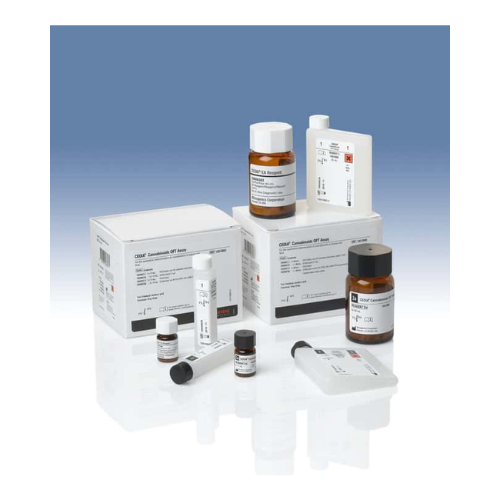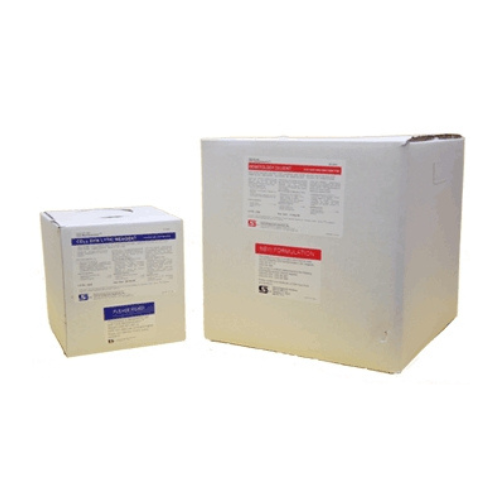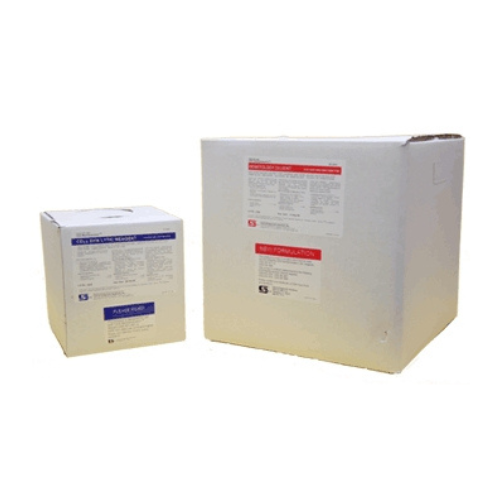For Business Use Only. Does Not Ship to Residential Addresses. For use inside an Analyzer, Sold Separately.
Thermo Kit THC 100mL
In Stock
Product code: T-0185
MPN: 0185
Manufacturer: Thermo Scientific
Shipping Weight: 2.00lbs (0.91kg)

WHY CHOOSE BLOCK SCIENTIFIC?
See why in 2 mins.
Thermo Kit THC 100mL
RECOMMEND SHIP UPS NEXT DAY AIR
Specifications
- Control Sets: DRI Multi-Level THC Controls
- Description: DRI THC (Cannabinoid) Drugs of Abuse Assays
- Detectable Analytes: 11-nor-Δ9-THC-COOH
- DoA Calibrators: DRI Multi-Level THC Calibrators
- Quantity: 100mL
- Storage Requirements: 2° to 8°C
Intended Use
The DRITM Cannabinoid Assay is intended for the qualitative and semi-quantitative determination of cannabinoids (THC) in human urine.
Summary and Explanation of the Test
The principal active agent in marijuana and/or hashish that produces hallucinogenic and other biological effects is generally accepted to be ∆9-tetrahydrocannabinol (∆9-THC). ∆9-THC is rapidly absorbed and almost completely metabolized by inhalation or through the gastrointestinal tract. The major metabolites of ∆9-THC (i.e. 11-nor-∆9-THC-9-carboxylic acid) becomes detectable in plasma, feces and urine within hours after exposure. Passive inhalation of marijuana smoke can result in an elevation of urine THC concentration as high as 10-40 ng/mL. In chronic users, THC may accumulate in fatty tissue faster than it can be excreted. This leads to longer detection times in urine for chronic users than for occasional users.
The DRI THC Assay is a homogeneous enzyme immunoassay using ready-to-use liquid reagents. The assay uses specific monoclonal antibody which can detect the major metabolite of ∆9-THC in urine. The assay is based on the competition of a drug labeled with enzyme, glucose6-phosphate dehydrogenase (G6PDH), and the drug from the urine sample for a fixed amount of specific antibody binding sites. In the absence of drug from the sample, the specific antibody binds the drug labeled with G6PDH and the enzyme activity is inhibited. This phenomenon creates a direct relationship between the drug concentration in urine and the enzyme activity. The G6PDH activity is determined spectrophotometrically at 340 nm by measuring its ability to convert nicotinamide adenine dinucleotide (NAD) to NADH.











